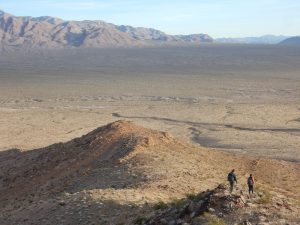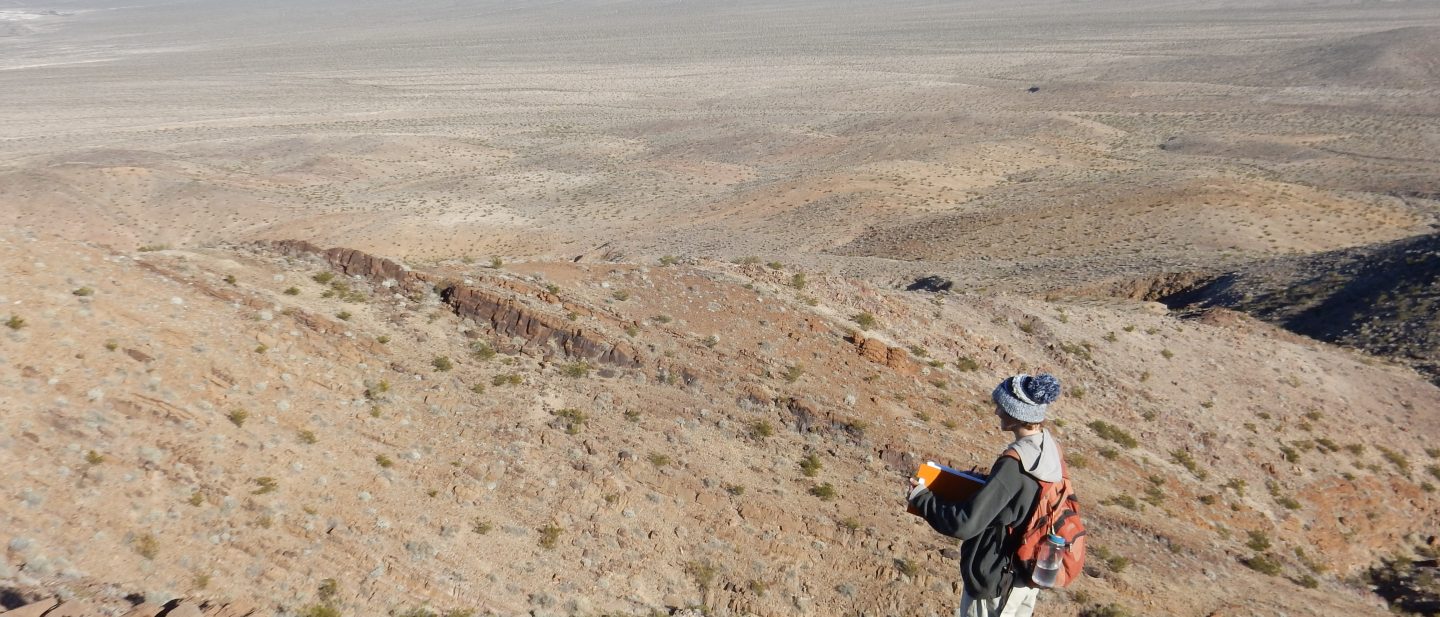
In Dr. Emmy Smith’s Immersive Field Experience Exploring Earth Evolution (AS.270.344) intersession course, a small group of students traveled to Death Valley National Park in California to study the geology and history of the region. The group stayed in trailers near Tecopa, California for the roughly three-week duration of the course, which ran from January 2-19. The 14-student intersession field experience is an upper-level undergraduate course within the AS Department of Earth and Planetary Sciences, and is followed by a seminar in the spring semester: Geological Field Studies in California (AS.270.412).
Grace Johnson, a junior from California studying Environmental Science, completed the field experience in Death Valley this Intersession and is currently enrolled in Dr. Smith’s Geological Field Studies seminar.
We sat down with Grace and Dr. Smith to learn more about the Immersive Field Experience:
What can students expect to learn from this class?
The first week of the course was an orientation period during which Dr. Smith introduced students to stratigraphic units, geologic mapping techniques, and the identification of different rock formations and features. Students learned to understand rock deformations, identify features such as faults and folds, and interpret topographic maps.
There were different puzzles that the students spent the next two weeks trying to understand.”
“We were basically walking through geologic time,” says Dr. Smith. “We started with rocks that are about 1.8 billion years old and walked through the Cambrian radiation of animals about 500 million years ago.”
After this orientation week, students were separated into “map groups” of two or three. Each group was assigned an area of several kilometers to map over the remainder of the course.
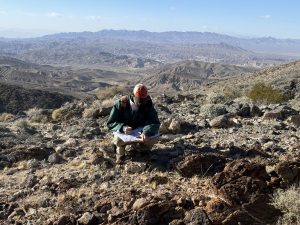
“In each of the areas there were different puzzles that the students spent the next two weeks trying to understand, document, and make interpretations about,” says Dr. Smith. “It was really about collecting field data.”
A typical day in the field included departure from the trailers at 8:00 AM and return at 5:00 PM. Students packed everything that they needed (water, food, topographic maps, clothing) and spent the day mapping their assigned terrain.
“It was a project-based class,” says Dr. Smith. “In the follow-up spring semester course students are going to be digitizing and synthesizing all the data that they collected, and also reading some papers where they integrate their observations with what’s been written about in the published literature.”
How would you describe the class to students interested in taking it?
“It was really special,” says Grace. “More than anything, it was so nice to be surrounded by such an amazing group of people.”
“Both the undergraduates and graduates were excited to be there and excited to learn, and I was constantly absorbing information the entire two and a half weeks,” says Grace.
According to Grace, Dr. Smith and the PhD students fostered a positive learning environment in which students, many of whom had no background in geology, were encouraged to ask even the most basic of questions. “I never felt scared to step up,” says Grace.
These kinds of tangible experiences are so important when thinking about who you are and what you want to do.”
This course inspired Grace in ways that she had not anticipated. “These kinds of tangible experiences are so important when thinking about who you are and what you want to do,” she says.
“You can’t be a geologist without doing the fieldwork, and you can’t fall in love with geology unless you’re in the field and you’re seeing the rocks,” says Grace.
What motivated you to teach this class?
As an undergraduate geology major, Dr. Smith took a field course during her junior year.
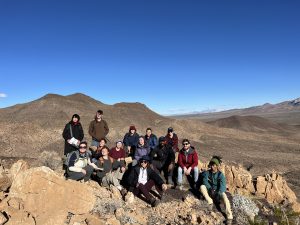
“I loved applying many of the concepts that I learned about in my classes to the real world,” says Dr. Smith. “I loved the complexity of the natural world and trying to pick out the salient features — learn how to make observations in the field.”
“It was such a foundational class, and it really changed the trajectory of my career,” says Dr. Smith. “I think it’s an important class to offer to our undergraduates.”
Dr. Smith offered the course during intersession in 2020, and planned to offer it every two years. The course wasn’t offered in 2022 due to the global pandemic, but has resumed in 2024.
What motivated you to take this class?
“I’d never had a formal geology course [prior to JHU],” says Grace.
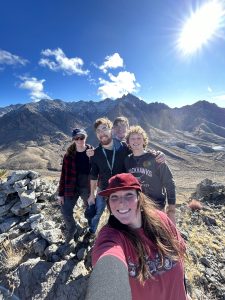
Grace took a Dynamic Earth course during her sophomore fall at JHU, and then worked in a geology lab on campus with Dr. Daniel Viete for some time. She heard about the Immersive Field Experience course from a teammate on her volleyball team during her freshman year, and was excited that it was offered again this Intersession.
“I really had no expectations going into the course, other than knowing that I was going to be out in the desert for a few weeks,” says Grace. “That was what really got me interested: disconnecting, spending time with cool people, and talking about rocks all day.”
What broader themes do you hope that students take away from this class?
“Learning to make observations in the natural world,” says Dr. Smith. “There is so much complexity in the natural world, and parsing out that complexity is an important skill for anyone interested in all field aspects of environmentalism.”
There is so much complexity in the natural world, and parsing out that complexity is an important skill for anyone interested in all field aspects of environmentalism.”
“In this particular course, we were interested in trying to reconstruct ancient earth history, ancient life forms, and the oceans that they lived in,” says Dr. Smith. “We were thinking about mass extinctions, some of the most extreme climate perturbations that earth has ever seen, and some of the major transitions that the earth has undergone.”
By searching for “clues left in the rock record,” Dr. Smith and her students reconstructed some of these significant events in Earth’s history.
What has surprised you most about taking this course?
“I didn’t expect to love rocks as much as I do,” says Grace.
“What’s awesome is it’s just one giant puzzle,” she says. “You go out there and you have to figure it out. All the pieces are scrambled, but once you get it, it’s such a good feeling.”
